Humidifiers are among those household appliances that can have significant health benefits if they’re well-maintained.
On the other hand, they can damage your wellness if you don’t clean them regularly, letting them gather dirt and mold.
In this article, you’ll learn how to clean a humidifier at home, how often you need to do it, and how to maintain and store the gadget to increase its service years.
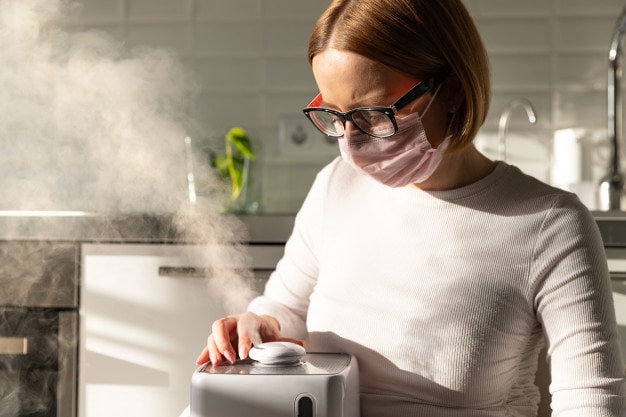
How to Clean a Humidifier
While you might think maintaining a humidifier is tricky, it’s necessary for dry climates, as air without enough moisture can cause breathing and skin problems. The ideal humidity indoors should be around 40-60%. If it’s higher, you might need a dehumidifier.
Depending on the water quality you use in the appliance, cleaning it might be necessary once every couple of days. However, a week is the longest you can go without the procedure. While you can use cleansers recommended by your humidifier brand, DIY options are more cost-effective.
Below is the basic cleaning method that’s both efficient and doesn’t use abrasive cleaning substances. Make sure to check out the video for more detailed guidance.
- Turn off and unplug the humidifier.
- Empty it and wipe it down with a paper towel.
- Fill the tank with warm water and add white distilled vinegar (1 tablespoon to 32 ounces of water).
- Fill the humidifier base with water and add vinegar there as well.
- Let the components soak for 30 minutes.
- Rinse all the parts, wipe them with a dry clean cloth, and let them air-dry for a while.
- Assemble and refill for a new cycle.
Remember to empty and dry the appliance if you’re not going to use it for a few days: mold can accumulate inside and make the cleaning process more difficult.
How to Disinfect a Humidifier
While white vinegar cleans the humidifier properly, you might need to deep clean and disinfect it from time to time. Chlorine bleach and hydrogen peroxide can be efficient for deep cleaning.
Use one teaspoon of either of the mentioned cleaning agents per gallon of water and repeat the described process. Other branded descaling solutions also work instead of the DIY methods.
How to Clean a Cool Mist Humidifier
Cool mist humidifiers usually come with a special wick filter that you need to remove before cleaning. While removing it may be simple, you might need to consult your user’s manual. Once the material is out, continue cleaning the gadget according to the method described above.
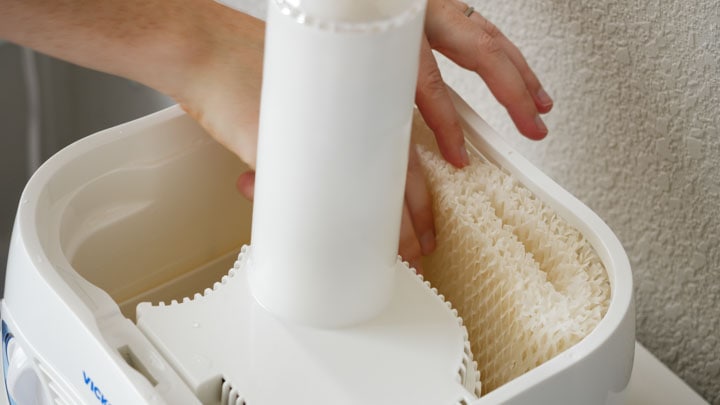
Photo credit: mattressclarity.com
How to Clean a Humidifier With Vinegar
Vinegar is a soft agent for removing any mineral deposits or film from the humidifier tank and the base. However, you need to ensure that you use the white distilled variation.
To avoid damaging the appliance, make a weak water solution instead of dumping it into the gadget.

Photo credit: aircontrolguy.com
How to Clean a Warm Mist Humidifier
Warm mist humidifiers are usually more dangerous to be around than the cool variations. The first step to cleaning them is to ensure that the appliance isn’t too hot to handle.
When you turn it off and unplug, let it cool for a while. Afterward, clean it with vinegar, bleach, or hydrogen peroxide.
How to Clean a Humidifier With Mold
Mold in humidifiers can be a severe health threat. If you’ve noticed any, then you’ve neglected the usual cleaning schedule. However, you can still get rid of it in no time.
First, you need to make sure to start cleaning in a well-ventilated area, preferably outside. We recommend that you wear gloves and a mask so that mold spores don’t get into your respiratory system. You’ll also need a sponge, a brush, or a soft scrubber.
When you pour the water out of the appliance, make sure to scrub moldy parts with hydrogen peroxide first, then wipe it clean. Make a strong solution of equal parts bleach and water (you can also use hydrogen peroxide instead) allow it to sit for 15-20 minutes.
Take the humidifier to an outside electricity outlet, plug it in, and let it work for half an hour.
Make sure NOT to be around while it’s on to avoid breathing in the chlorine bleach fumes.
Turn it off, unplug, and let it cool down. Continue cleaning the appliance as described in the basic method. Now it’s ready for further use.
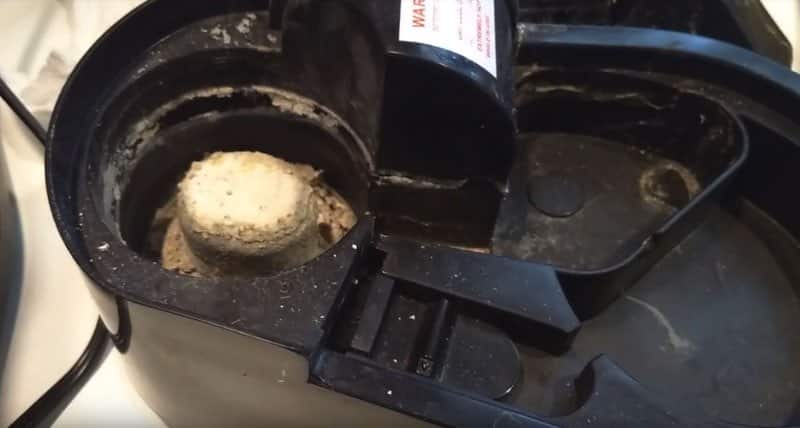
Photo credit: theozonehole.com
How to Clean Humidifier Filter
While you can clean the humidifier tank and base every week, filters need attention less often. However, be sure to change them as often as the manufacturer recommends.
You can extend the life of a filter by cleaning it regularly. Here is what you need to do:
- Turn off and unplug the appliance.
- If it’s a warm mist humidifier, make sure to let it cool before taking any other action.
- Remove the filter/s and put them in a bucket or container.
- Make a 4:1 water and chlorine bleach solution.
- Submerge the filter/s and let them sit for about 15 minutes.
- Swish and move the filter/s around in the liquid (use gloves).
- Remove the filters from the water.
- Pour undiluted white vinegar over the filter/s and let them soak for 2-3 hours.
- Rinse them thoroughly and leave them to air dry.
- Assemble the appliance.
We also have a video to help you with the details.
Humidifier Maintenance Tips
In addition to cleaning your humidifier frequently and correctly, here are a few preventative measures and tips that will extend the life of your appliance and prevent it from breakage.
Don’t Let the Water Sit in the Gadget for Too Long
Leaving the water inside the humidifier for days will result in mineral buildup, which is challenging to get rid of. If you’re not using it every day, make sure to empty the tank and wipe it dry. Even if you use it every day, change the water to prevent bacteria accumulation and growth.
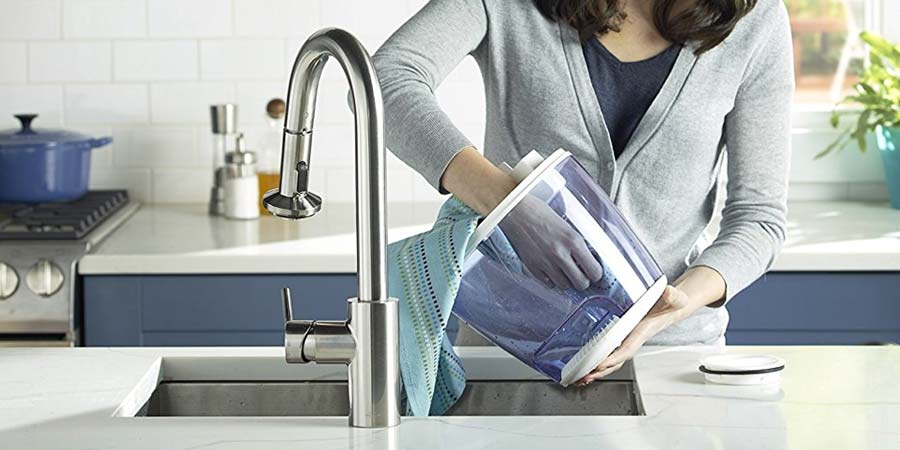
Photo credit: theozonehole.com
Use Both Sides of the Filter
Turn over the wick filter from time to time to make sure it ages evenly. Doing this will ensure one side isn’t drying out while the other is continuously exposed to water particles.
Store the Appliance Properly
If you want to prevent mold and bacteria accumulation during the off-season, deep clean and completely dry your humidifier before storing it. Your user manual might prompt you to remove and discard the filter, too.
Replace an Old Humidifier
While you might’ve looked after the appliance well and cleaned it properly, manufacturers and experts recommend replacing it once every five years. Doing this will prevent bacteria in the worn-out parts of the gadget.
Conclusion
Maintaining a humidifier doesn’t have to be an expensive and tedious endeavor.
Use products that you already have at home and follow our advice about the cleaning schedule.
If you do as we have described, the appliance will improve the air quality at your house for years to come.
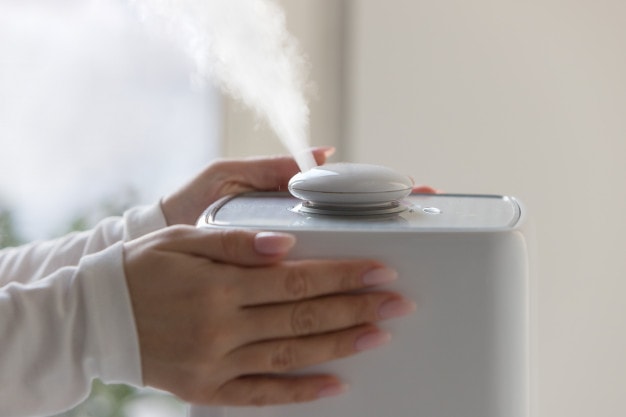
People Also Ask
Now that you’ve learned about how to clean a humidifier, here are a few remaining questions that might still need answers.
Can a Dirty Humidifier Make You Sick?
Yes. When a humidifier is dirty, it disperses mist particles that contain pathogens and infectious bacteria. These can cause issues for people with respiratory diseases like asthma and allergies. However, it can also induce flu-like symptoms, flare-ups, and lung and sinus infections among perfectly healthy users.
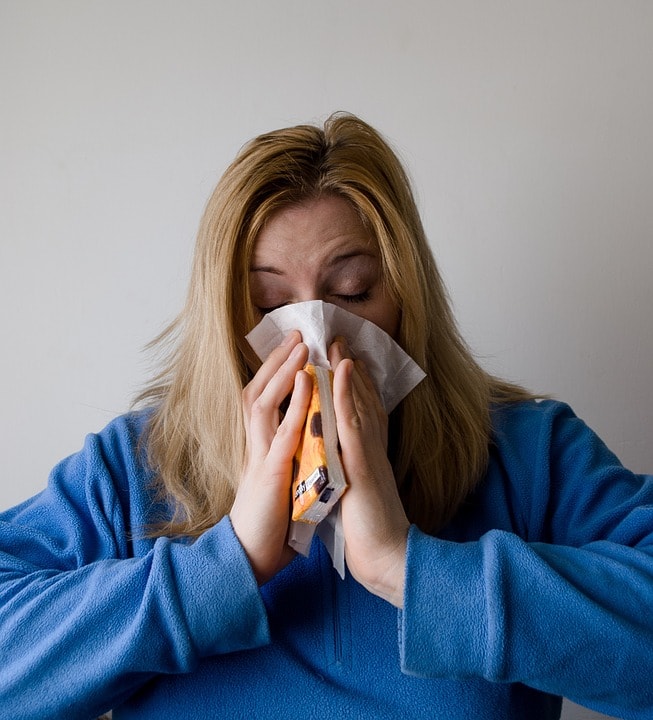
How Often to Clean a Humidifier?
Emptying and wiping your portable humidifier at least once every couple of days is recommended. Still, it’ll need a thorough cleanup using our described method at least once a week. Change or clean the filters separately to prevent them from collecting mineral buildup, harmful bacteria, and mold.
What Cleaners Are Safe to Use on a Humidifier?
Humidifier manufacturers recommend various branded cleaners. The user’s manual for your appliance will likely have that information. If any of the parts are dishwasher safe, your soap is also acceptable for those parts. The general rule of thumb here is to avoid any toxic chemical residue that the usual cleaners may contain.
